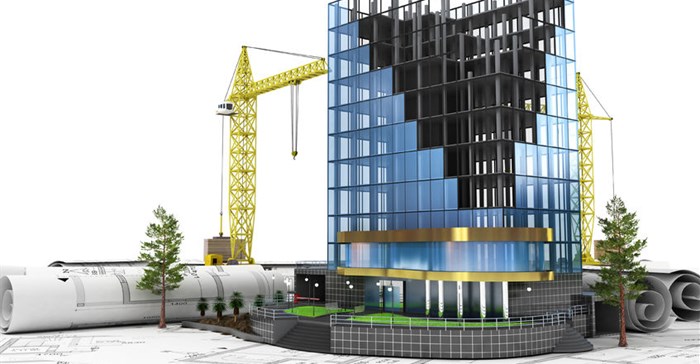BIM or building information modelling is one of the relatively few buzzwords you'll hear in the construction industry that continues to dominate conversations - and there's a very good reason for that.
Fuelled by government initiatives and industry momentum around the world, BIM empowers companies to plan infrastructure more effectively while reducing the cost and complexity of building and maintaining assets.
At the heart of BIM is a computer-aided design-driven model that enables you to visualise assets in all three dimensions. This means that the model is no longer simply a design tool – it becomes the master data source of an asset and the foundation for driving all business functions related to it.
So you would think that construction and contracting companies should be falling over each other in their haste to implement end-to-end business systems, right?
Unfortunately, that isn’t the case. Perhaps more than anything, what BIM has brought about is a realisation that in many ways ours is an old-fashioned industry, still hampered by archaic, Excel-based processes and departmental silos. It has also reminded us that businesses need to act now to remain competitive.
The second lives of assets
Assets have a second, far longer life after construction. As such, the industry is increasingly looking at the total lifecycle of an asset, from construction expenditures to operation costs – something that’s forcing construction, engineering, and infrastructure companies to adopt a much more joined-up, data-driven approach.
But many in the construction industry are still operating with non-integrated systems across lots of manually maintained Excel spreadsheets. Typically, project plans are developed in a software tool such as Microsoft Project, Primavera, or Asta, which are rarely integrated with other business systems for engineering, procurement and construction.
What is more, today’s computer design model is not typically integrated with the rest of the project and maintenance processes. This in turn creates the problem of transferring information from the design tool into the procurement, construction and maintenance systems.
According to Kenny Ingram, global industry director for IFS, this is the primary fault line that BIM has uncovered.
“When processes are not joined up or automatically integrated, companies are overburdened with high overheads and cost inefficiencies,” says Ingram. “They can incur damages by failing to keep to the key parameters of time and budget. What’s more, they risk being overtaken by competitors with smarter systems who can offer better prices and deliver a better asset more quickly.”
ERP with a twist
This is why we’re continuing to see a significant shift to deploy enterprise resource planning (ERP) systems in the sector. More and more construction and contracting companies see the value in partnering with integrated project solutions experts for managing budgets, time and risk.
But is “ERP” really the right term to use?
Synonymous with finance and human resources in many large enterprises, ERP is fundamentally a product-centric solution which grew out of mass production manufacturing.
Specialists in project-based business systems like Kenny Ingram would argue, however, that highly-specialised, project and asset lifecycle-based versions of ERP solutions – built for real-time management of complex projects – are where ERP’s strengths lie in our industry.
True ERP is a fully-integrated software solution covering all the business processes and functions involved in building or maintaining assets. That gives you a single framework to consider how a BIM model integrates with other business processes such as procurement, project management, project cost control, sales and sub-contract management, variation control, estimating, bid management, material control, plant and equipment hire, construction management, asset and facilities management.
It’s become too inefficient to look after different IT systems across different architectures with no natural flow of data through a business. In today’s competitive environment, uninformed decision-making is simply not an option.
With a project-based solution combining the integrated enterprise benefits of ERP, but designed specifically to support the complex business processes of project-centric organisations (the twist), it’s possible to address the data flow problem, and to profitably manage and maintain contracts over the entire asset lifecycle.
The time to act is now
As numerous governments around the world are formulating and launching strategic plans for BIM, there’s never been a greater emphasis on moving construction from a document-driven process to an integrated, data-driven one.
If there is one thing that BIM has made clear, it is that companies that engineer, construct and fabricate complex assets and infrastructure need integrated business software to effectively manage time, cost and risk.
And as the pressure to deliver affordable, timely projects mounts, now is the time to integrate business processes and streamline data flow.

















